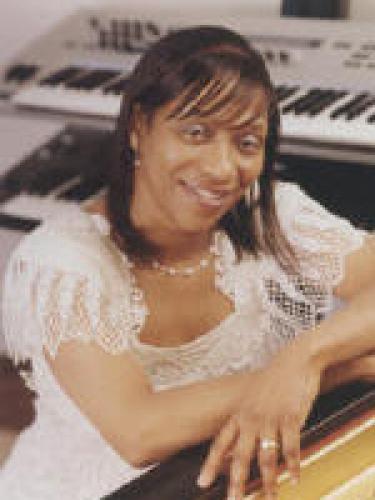Rhapsody No. 3, from Three Rhapsodies for Piano, by Lettie Beckon Alston

The third Rhapsody in the set is 4 pages long. It is very fast, the quarter note is 132 bpm, but the beginning is mostly eighth and quarter notes. It is marked “playfully,” an indication that appears in both the Variations on Lift Every Voice and Sing (in the second variation), and the Four Moods for Piano (the first Mood). I have not seen this marking a lot elsewhere besides in Alston’s music, but it is a distinguishable character in all of these places where it appears. In the Variations and in this Rhapsody, there are minor seconds attached to the melodic notes, which are dissonant but not agonizing- this could be a characteristic of the playful mood. Although the third Rhapsody is probably the most difficult of the three in terms of tempo, the rhythms and pitches appear in patterns a lot, which makes the piece sound accessible and speechlike. Often, it sounds like there is call and response between the hands, (although the material is not the same, they alternate taking the lead). In the middle, the tempo changes to quarter equals 100, and there is a group of seven notes in one beat, and “expressive” is written under it. This could mean that the player doesn’t have to play them perfectly evenly in time, because that would be technically very difficult.
Lettie Beckon Alston was born in Detroit in 1953. She received her doctorate in composition from the University of Michigan. She composes for orchestra, piano, voice, strings, and other instruments as well as synthesizers and electronically produced sounds.

